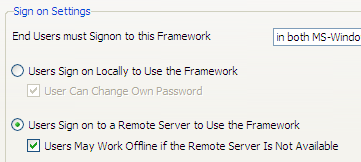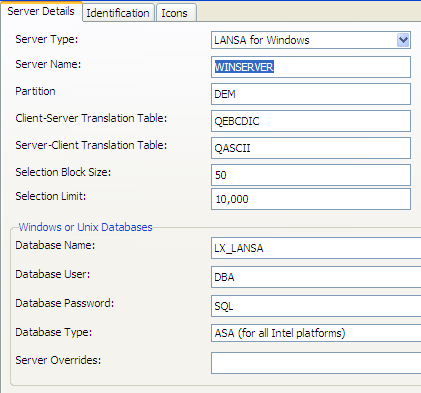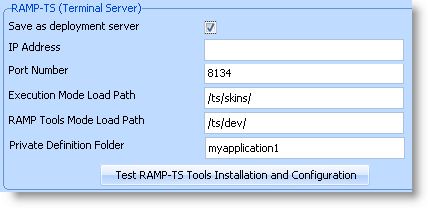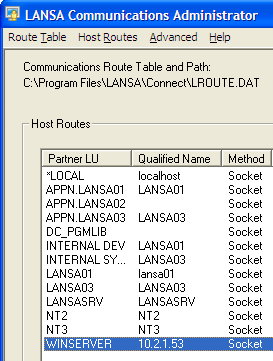WIN2, Step 1. Pre-Requisite Actions and Other Considerations
|
Step |
Activity |
How to Do It |
ü |
|
Licensing requirements for the target system |
None
|
|
|
|
On the development system set up the Framework so that users sign on to remote server |
Set the Framework to require users to sign on to remote server. |
Display the Framework properties and choose the User Administration tab. In Sign On Settings, specify the option End users must sign on to this Framework and then choose the option Users sign on to a Remote Server to Use the Framework.
|
|
|
Define the server to which the Framework will be connecting when deployed. |
Your Framework definition will need to include a definition of the server to which the client application will connect. If you want to change the server settings on the target machine after you have installed the package, you need to deploy and execute the UF_ADMIN form. See: <A HREF="javascript:void(0);openCHM('lansa048.chm::/lansa/lansa048_1105.htm','main');">Deploying Server Definitions</a> in the Framework guide. Note that if the server is a Windows server, you need to specify the details of the database the client application will be connecting to.
|
Choose the Servers option in the Administration menu and ensure there is a definition for the server.
If you are deploying a RAMP-TS application you also need to specify the RAMP-TS server details, making the server the deployment server. The Private Definition Folder is the application folder you will create on the target system.
|
|
|
Define the server in the LANSA Communications Administrator |
Click on the LANSA Comms Admin button on the Server Details tab. |
Define the server:
|
|
|
A Framework application ready for deployment |
You need to have an executable version of your Framework application ready for deployment |
For more information see: <A HREF="javascript:void(0);openCHM('lansa048.chm::/lansa/lansa048_3430.htm','main');"> Deploying a Framework Version </a> in the Framework Guide. |
|
|
Establish the minimum supported configuration (MSC) |
You need to formally define the minimum configuration your solution will viably support, including: · Minimum hardware requirements · Minimum software requirements · Supported screen resolutions · Minimum networking capabilities · Maximum data volumes.
|
A formal MSC will: · Inform decisions about the overall solution cost · Establish the environment required to test the deployment of the solution or any patch/hotfix made to it. · Raise management's awareness of the risk in implementing a "sub-MSC" solution. For more information refer to <A HREF="javascript:void(0);openCHM('lansa048.CHM::/lansa/lansa048_0040.htm','main');">Application Performance</A> in the Framework Guide. |
|



